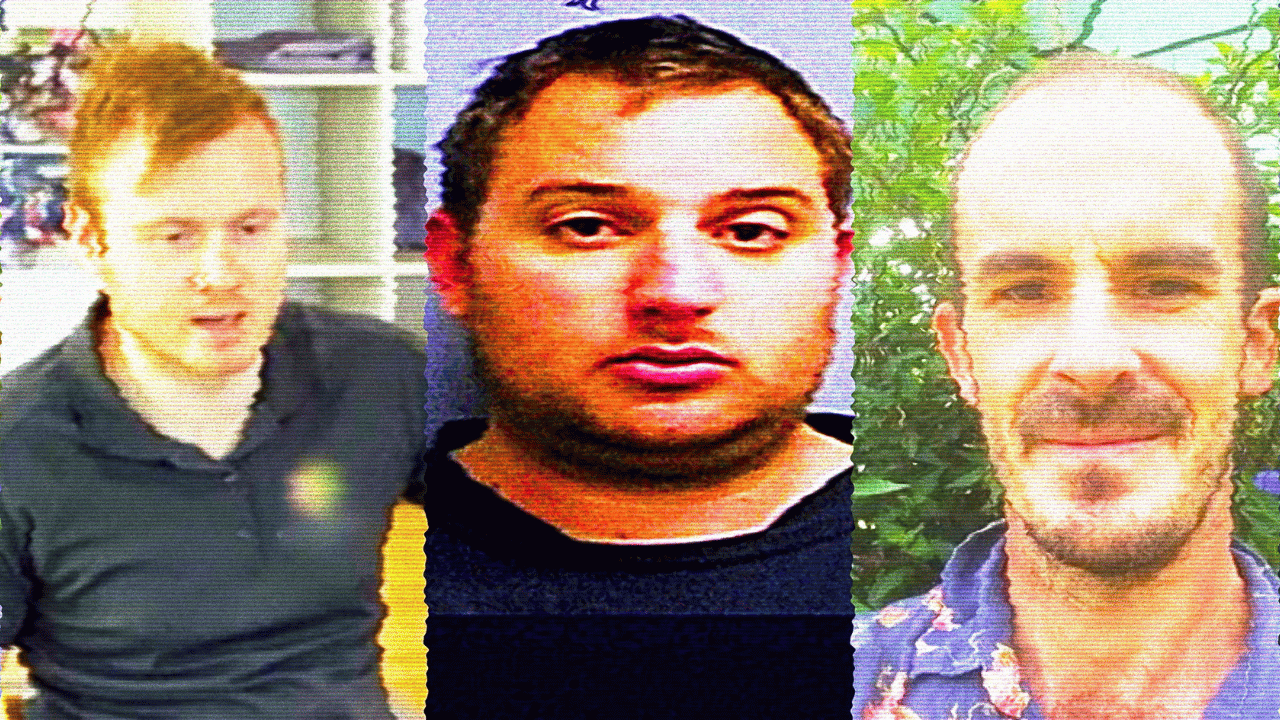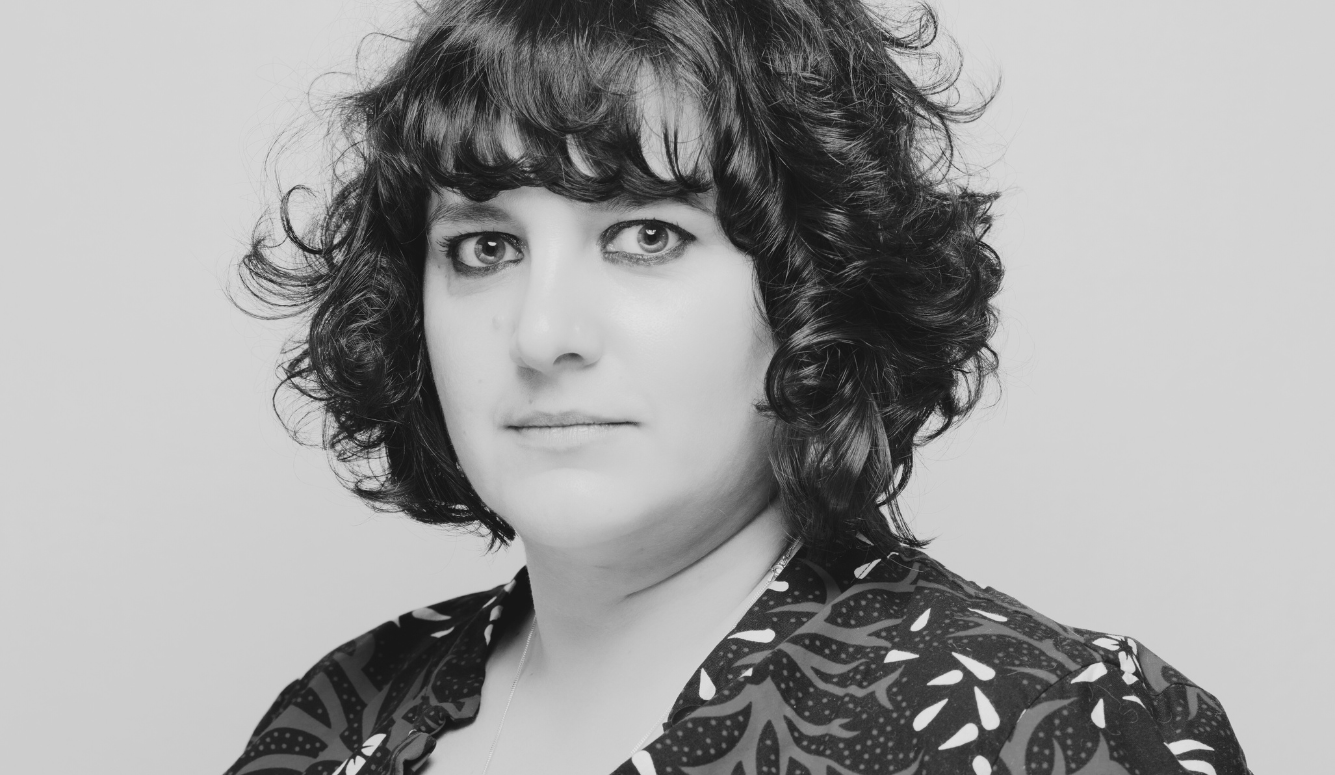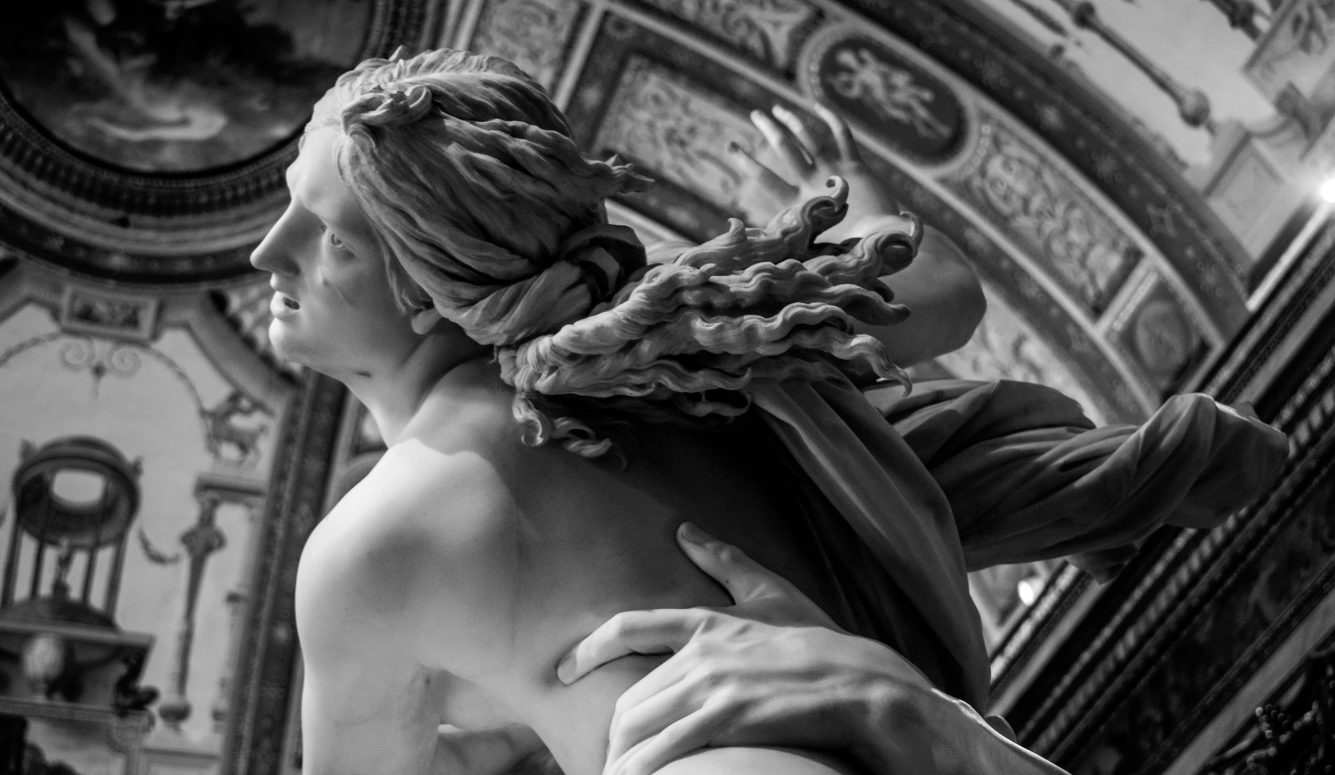Diversity Debate
Diversity and Inclusion vs Free Speech on Campus
So what, then, is the ‘Diversity Agenda’? Browse through any university website and you will likely find a page for an office of diversity and inclusion.

There will always exist a tension between the freedom of the individual to say and do as they please and the freedom of the individual to be protected from harm. Over the past few years, colleges campuses around the world, but particularly in the United States, have struggled to reconcile these two protections, particularly in light of diversity and inclusion agendas. Finding the line between freedom of speech (or freedom of expression, which may be used interchangeably in this piece) and freedom from harm relies heavily on how we understand and define the two concepts.
While the First Amendment to the US Constitution applies to citizens’ rights in relation to their government, it serves as a good starting point for a working definition of free speech. The First Amendment as we know it today is a concise revision of an original draft by James Madison. The part of the original draft that refers to free speech (including assembly and press), reads:
The people shall not be deprived or abridged of their right to speak, to write, or to publish their sentiments; and the freedom of the press, as one of the great bulwarks of liberty, shall be inviolable. The people shall not be restrained from peaceably assembling and consulting for their common good; nor from applying to the Legislature by petitions, or remonstrances, for redress of their grievances.1
This first draft offers a bit more context to the meaning of the clause. The inclusion of the word “sentiments” clarifies that something need not be an established fact to fall under this protection. Indeed, the First Amendment protects an individual’s right to opinion, regardless of its veracity or legitimacy.
So what, then, is the ‘Diversity Agenda’? Browse through any university website and you will likely find a page for an office of diversity and inclusion. These offices are often tasked with goals such as helping universities achieve diversity goals, coordinate events related to diversity and inclusion, monitor university compliance with rules and regulations involving diversity and inclusion, and disseminate general information about diversity and inclusion. Diversity and inclusion is often framed in terms of social diversity (socioeconomic status, race, gender, etc.). For example, the homepage for diversity and inclusion at the University of California, Berkeley stipulates that:
[A]t a time when access and inclusion are unequal, the division advocates for equity by providing programs and services that lead to academic access and success for students, pathways to leadership and advancement for staff, building equitable structures with faculty advisors, and closing opportunity gaps for our most marginalized groups.
However, some universities also explicitly endorse ideological diversity. For example, The University of Chicago’s diversity and inclusion page states that, “scholars from different cultures and ideologies meet in classrooms, on campus, and in the field, offering new lenses through which to view the world.” Framed in this way, diversity and inclusion is a means to an intellectual end – a diversity of perspectives and experiences that foster a richer approach to scholarly questions.
Whichever way it might be phrased in the mission statement, universities often appear to be more invested in social diversity and inclusion rather than viewpoint diversity and inclusion. While social diversity and inclusion is a noble pursuit in its own right, it is sometimes believed to be in conflict with academic freedom. However, viewpoint diversity can never be at odds with freedom of speech, for it is a consequence of academic freedom.

Can Words be Violence?
In recent years, there has been an increased vocalization of the view that words can be violence. This idea was supported in a 2017 New York Times op-ed written by a well-known psychologist and neuroscientist, Lisa Feldman Barrett. In her article, Barrett weaves together campus experiences with research on stress to form the following syllogism:
If words can cause stress, and prolonged stress can cause harm, then speech can be violence.
There are some logical flaws in this argument. Barrett is correct in noting that chronic stress is unhealthy. However, as Jonathan Haidt and Greg Lukianoff pointed out in a rejoinder for The Atlantic, there are two invalid inferences drawn from her points. The first lies within the syllogism itself – the physical harm produced by stress is not equivalent to violence. As a thought experiment, the authors ask us to replay the syllogism, replacing “words” with “giving students a lot of homework.” Not many people would argue that extra homework is violence. The second invalid inference is that, even though Barrett distinguishes chronic stress from acute stress in the article, she conflates them in the syllogism. Moreover, Haidt and Lukianoff argue that telling students that words are violence makes the world out to be a much more violent place than it really is – and that’s something that can produce chronic stress.
Nevertheless, words that are insulting and meant only to emotionally injure or incite an immediate violent response – also known as “fighting words” – are not protected by the First Amendment. The first case to make this determination was Chaplinsky v. New Hampshire (1942). The case involved a Jehovah’s Witness standing on a street corner denouncing and insulting listeners’ religions. Although the decision has never been overturned, the Supreme Court has not upheld a fighting words conviction since. Rather, the Court has continually narrowed the fighting words doctrine. In general, the Court tends to strike down school speech codes, as they are often either too broad or too targeted.
For example, a precedent-setting case in which regulations were deemed too broad was Gooding v. Wilson (1972). Wilson was accused of violating a Georgia state law that prohibited abusive language tending to cause a breach of the peace. However, the US Supreme court overturned the conviction, declaring the law unconstitutional. While “fighting words” are not protected under the First Amendment, “opprobrious or abusive language,” as the law was worded, may include protected speech in addition to fighting words. Moreover, words cannot be banned for simply being vulgar or offensive.
On the other end of the spectrum, laws cannot be too specific when regulating speech. R.A.V. v. St. Paul (1992) is an example of a speech law being too narrowly defined. In this instance, a teenager was accused of burning a cross in an African American family’s front yard. This violated the city’s Bias-Motivated Crime Ordinance which read as follows:
Whoever places on public or private property, a symbol, object, appellation, characterization or graffiti, including, but not limited to, a burning cross or Nazi swastika, which one knows or has reasonable grounds to know arouses anger, alarm or resentment in others on the basis of race, color, creed, religion or gender commits disorderly conduct and shall be guilty of a misdemeanor.
While there are other laws for which the defendant could have been charged, the US Supreme Court ruled that the law in question was unconstitutional. Justice Scalia, delivering the Court’s opinion, claimed that the ordinance, as written…
…applies only to ‘fighting words’ that insult, or provoke violence, ‘on the basis of race, color, creed, religion or gender.’ Displays containing abusive invective, no matter how vicious or severe, are permissible unless they are addressed to one of the specified disfavored topics. Those who wish to use ‘fighting words’ in connection with other ideas — to express hostility, for example, on the basis of political affiliation, union membership, or homosexuality — are not covered. The First Amendment does not permit St. Paul to impose special prohibitions on those speakers who express views on disfavored subjects.2
Justice Scalia elaborated further, stating that fighting words are not prohibited because of what they communicate, but the mode in which they are expressed. Because the ordinance specifically banned fighting words in relation to race, gender, and religion, it was deemed too narrowly construed, and thus ran afoul of the First Amendment.
Private Universities and the Free-Thinking Individual
Many of the nation’s most prestigious universities are private, and thus not bound by the First Amendment’s free speech clause. In fact, the freedom to create their own rules about speech conduct – including those rules that restrict speech – is protected by the First Amendment’s provision of free assembly. It is in private universities, then, that the idea of what a university system should look like with regard to speech is most freely displayed. This is not to say that public universities are not or cannot be bastions of free speech, nor that they don’t have important things to say in free speech debates. However, when we look to private universities, we see what the universities themselves, unfettered by the Constitution’s free speech clause, see as most important with regard to speech and diversity.
The University of Chicago takes a view of free speech wherein each student and faculty member is understood to be a free-thinking individual. In the 1967 Kalven Report on the role of the University, the University of Chicago asserted that “a university, if it is to be true to its faith in intellectual inquiry, must embrace, be hospitable to, and encourage the widest diversity of views within its own community.”3 This view is of particular importance to the matter of invited speakers. If a university is to see its members as free-thinking individuals whose decisions and views must be taken into consideration, then a university administration should not – indeed, cannot – interfere with the invitation of a speaker by an individual within the university community, even if this speaker’s views are seen as wrong, reprehensible, or otherwise obscene (a similar SCOTUS ruling applies to public universities, where limits on speech may not be applied when the intent is to suppress the speech merely because it is opposed by university administration). The Kalven Report concludes that there is no viable mechanism by which collective action, dictated by a majority opinion, can be enacted without threatening the freedom to dissent on which the university thrives.
Refusing to take this position, thereby allowing majority views to dictate what is and is not an appropriate topic for free and open discussion, can have consequences harmful to true academic inquiry. Few people would argue that certain speakers, say for example, Milo Yiannopoulos, have much to offer in the way of producing knowledge. However, if a university community decides to prevent Yiannopoulos from speaking because it deems his views to be sexist, racist, and so on, it provides a precedent to restrict controversial speech. This may end up stifling genuine academic inquiry and debate later on, for example, when an academic scholar writes or speaks about socially controversial topics, such as sex, gender, and race.
Many private universities will look to the First Amendment and the history of rulings relating to it when deciding how to best structure university speech codes and diversity and inclusion agendas. While it’s tempting to suppress hate speech, these constraints only temporarily alleviate tension and fail to address the underlying attitudes. More importantly to the mission of the academy, suppressing hate speech when it’s formulated in an argument (as opposed to hate speech as invective) robs students of the safe and insulated opportunity to learn how to rebut these arguments. A “safe space” might be reconceived not as a place where students are free from exposure to hateful speech, but instead as a place where they can safely refute it.
If the goal of free speech is embodied by the concept of a marketplace of ideas, then it is the duty of the university to provide a safe environment in which these ideas – no matter how hateful, ignorant, or vulgar – may be debated and, if truly wrong, repudiated. In fact, the negative consequences of ignoring those who espouse hateful, vulgar, or otherwise repulsive views ought to be clear from the 2016 presidential election. These views should be met head-on, not to give them a platform to preach, but to test their worthiness. Simply ignoring this type of speech does not mitigate it. Instead, it allows it to fester and grow.
The university should be a place where the dissenter doesn’t need to fear the repercussions of their dissent, whether this be the racist who formulates an argument for his beliefs, or the victim of discrimination who has the opportunity to face her oppressor in safety. To provide for the latter requires providing for the former. By providing an environment where debate can safely take place, freedom of speech will sometimes rub against principles of diversity and inclusion. These two ideals – free speech and diversity/inclusion – can co-exist. However, as universities pursue diversity – which provides a wealth of new perspectives, ideas, lived experiences, and values – free speech will necessarily increasingly conflict with inclusion ideals.
For two ideals to occasionally collide is not to say they cannot or should not both be actively pursued. But when they do meet, a university must choose which route they wish to take to uphold their mission.
References:
1 Philip Kurland and Ralph Lerner, eds., The Founders’ Constitution, vol. 5 (University of Chicago Press, 2000)
2 R.A.V. v. St. Paul, 505 U.S. 377 (Supreme Court of the United States 1992).
3 “Kalven Report,” University’s Role in Political and Social Action (The University of Chicago, November 11, 1967). http://www-news.uchicago.edu/releases/07/pdf/kalverpt.pdf






